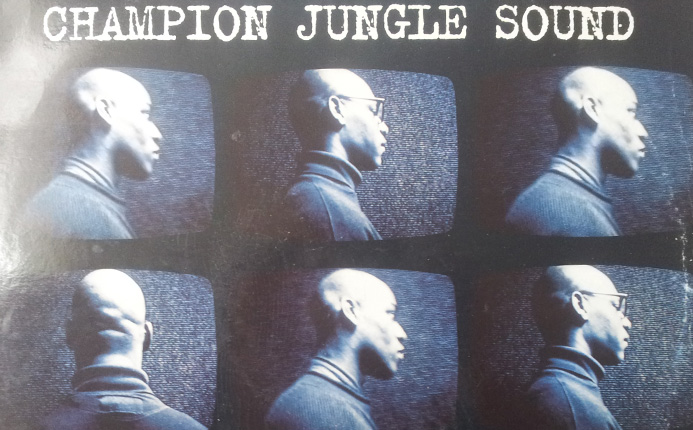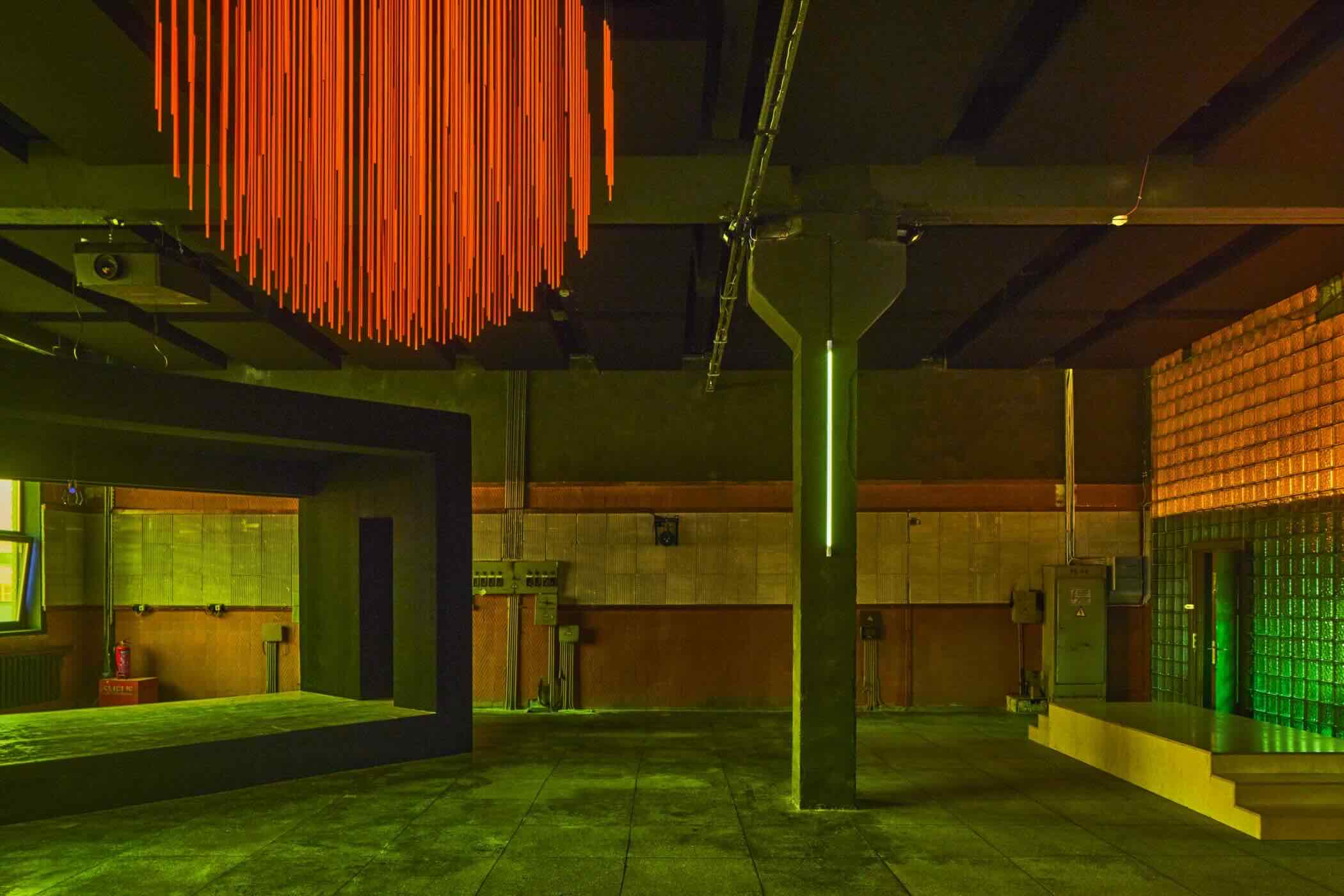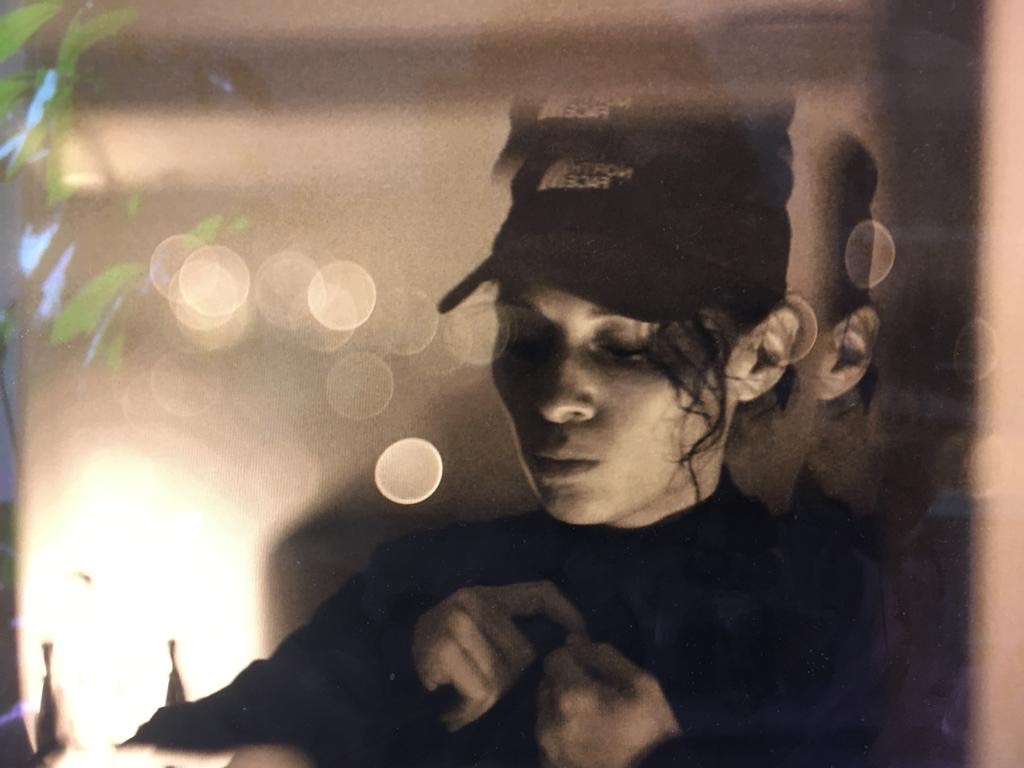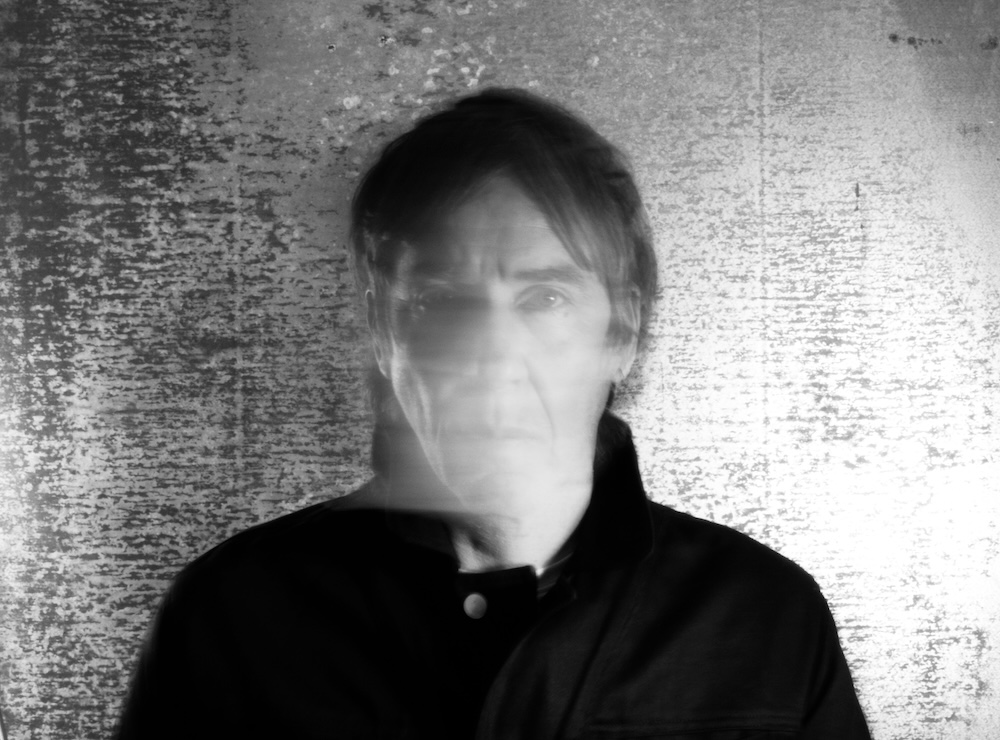Gone To A Rave #41: Kemet & 3rd Party

The Kemet and 3rd Party labels are a mystery. Dig around online for an interview with any of the Kemet/ 3rd Party family, even an overview of the labels and you’ll find nothing. Not a single blog post. Honestly; nothing. Well, nothing other than the music – and one listen to the music makes the lack of other info all the more remarkable.
From 1992 to 1995 these two closely affiliated labels created a near flawless run of jungle records. They’re both labels you can (and should) always buy on sight, guaranteed that you’ll be getting a cold jungle classic. It’s not even like they’re super obscure, certainly not in the jungle scene anyway – Kemet & 3rd Party made hits. Some early 90s labels have heavy back catalogues that have sunk into obscurity, as such they’ll only set you back a few sheets on Discogs. Not these two – and certainly not Kemet. Their records have old skool heads and new collectors alike scurrying for their wallets. 12”s start at around £20 for a battered copy and ratchet upwards – this is even despite a reissue program the label went through in the early 00s.

Even at the end of Kemet’s classic run they put out a compilation, Champion Jungle Sound – 20 years old this year – that included The Box Opened and The Seed, two jungle tear outs of such monstrous intensity that they expose the chart bound ‘anthems’ produced by todays DnB artists as the pallid Topshop rockers they are. Kemet Records were played in the Stratford Rex. Nero records are played in Stratford Westfield. God knows what happened.
So where are the enthusiastic retrospectives? Where are the interviews with founder Mark X, or Kemet Crew members such as Noise Factory, Family of Intelligence and Brain Killers? It’s genuinely bizarre. One of the reasons I started this column was because I knew at one point I’d love to write about Kemet – I’ve been holding off as I was hoping to interview some of the figures involved, but seeing as I’ve had no luck tracking Mark X down I’ve decided to write something in the hope that someone involved in Kemet reads it and gets in touch (and if that’s you then please email me at ian@theransomnote.co.uk I would love to cover the label properly!!)
As far as I can tell, things kicked things off for Kemet & 3rd Party in late 1992. For whatever reason – knowing the history of jungle it could be personal, financial, or (most likely) a bit of both- artists who had been releasing tracks on Paul Ibiza’s seminal hardcore/ jungle label Ibiza Records decided to branch off and go it alone. The upshot of this was two new labels, 3rd Party and Kemet opening up shop. 3rd Party appears to have been a vehicle for Noise Factory, the outfit made up of James Stephens and Terry Tee, with occasional appearances from a guy called Kevin Mulqueen. On Ibiza Records, Noise Factory had turned heads as far back as 1991 with Box Bass, an early adopter of the depth charge sub bass that would shape jungle. They opened their own label with My Mind, a four tracker that consolidated their love of hectic breaks, vicious Belgian stabs and cheeky samples. Crucially it featured a track called Breakage #1 – at the time it was tucked away as the last tune on the B Side – it would go on to be remixed by Noise Factory countless times, having a huge impact on the development of early jungle.
Meanwhile Kemet, a label run by a mysterious figure called Mark-X were starting off with a single sided 12” by Red Skins & Danman. Titled Don’t Worry, it sounds way ahead of the pack, closer to jungle than most of the hardcore being produced in 1992. It also had live reggae vocals from MC Frighty – this became an essential feature of the Kemet brand. Whilst other labels scattered their tunes with cut n’pasted vocal samples, on a number of occasions Kemet bought dancehall vocalists into the studio, turning ragga jungle into a genre that created its own original content, rather than merely feeding off Jamaican classics.
Red Skins went on to release the next 3 Kemet 12”s, taking the label into 1993 with a sound that tested the parameters of the new jungle sound – the breakbeat science was there, the basslines were there, even if everything was still running at a wild speed. Cuts such as Original Youth and Oh Yea are strong, even if they’re not quite Kemet’s best.
Over on 3rd Party, Noise Factory were honing their hardcore into something that offered a glimpse of tomorrow. The blurb on the 12"s now announced that tracks were mixed at the ‘Kemet 3rd Party Studios’, and it seems the two labels were tightly woven. Unsurprisingly, they were also getting their wax mastered and cut at Jah Tubby’s Studios, the East London powerhouse that is, as I’ve written before, one of the most little known, influential locations in UK rave music.
In 1993 Noise Factory returned to Breakage, bringing out Breakage #4. Again the track was tucked away as second track on the B Side. A nagging riff, a vocal proclaiming ‘I bring you the future’, a minimal two note bassline to blow woofers, some exceptional drops into amen breaks, Breakage #4 is the future. It was an instant rave demolishing classic, and it sounds like the future to this day. From that point onwards, Noise Factory hurtled forwards, creating a series of 12”s through 1993 that laid a jungle blueprint rarely bested to this day. The sampling was pretty scatter shot, with Noise Factory nicking vocals from anyone they could find – Busta Rhymes, Madonna, R Kelly, Bill Haley, dialogue from Full Metal Jacket, it all got flung over bass and breaks.
Over at Kemet – if there was any real separation between the two labels at all – producers were taking note. After the series of EPs by Red Skins, a new production duo got signed up by the label- Fusion, aka Gary Philip & Ade Olatunji. Olatunji had been producing as Order 2 Move, knocking together the weed smokers favourite Rizzla Bass for Boogie Beat Records back in 1992. In later years it’s worth noting that Olatunji returned as Digital Dubstar to produce UK Funky and liquid DnB, knocking out the underground hit The Hornz in 2009. As part of Fusion he gave Kemet it’s first real classic – Love for the World. Using the same drum n bass/ hardcore formula Noise Factory were working out at 3rd Party, Love for the World combined rare groove samples with hyper speed breaks, introducing soul to the jungle sound. As with many of the Kemet/ 3rd Party tracks, Love for the World was to be remixed to keep up with the crazy pace of change the rave scene was going through. When it re-emerged towards the end of 1993 on the Revelations Part 2 EP, less hectic, with tighter production, it became a rave hit.
This Revelations 2 EP also saw contributions from Noise Factory and Family of Intelligence, the solo project of Noise Factory’s James Stephens. It was clear that both Kemet and 3rd Party had hit full flow, and as 93 turned into 94 they led the way in pushing the rave tracks beyond hardcore into full scale jungle tear outs.
What followed was a series of tracks across the two labels from a core set of producers, predominantly Noise Factory, Family of Intelligence, Fusion and Brain Killers – a duo who had been making their name for themselves appearing on pirate, including Kool FM, around London. Between them they dropped killer after killer. Brain Killers’ Screwface is jungle turned into a wall of snare clatter and ritual chant, all frequencies flooded with noise and rhythm. Lend Me, where F.O.I. work with the lyrical talent of David Thomas is a masterpiece of tension and release, arpeggiating, beat-less synths underpinning rasta lyrics, before making way for explosions of breakbeat. Fusion released the Lafayette Afro Rock Band sampling Feelings on both Kemet and 3rd Party, turning the 70s horn sample into the afrofuturist masterpiece it was always meant to be.
It was round this time the Kemet logo changed, with the dancing guys on the back joined by a new front sticker- a graffiti image of an Egyptian holding onto a piece of vinyl outside the pyramids. It was one of several black power signifiers the label played with –boss Mark Ranger naming himself Mark X is almost certainly a nod to Malcolm, and EP started cropping up with Rastafari influenced titles such as Repatriation and Exidus. Perhaps more than any label outside of Congo Natty, Kemet explicitly drew the link between conscious roots dancehall and the hyper-futurism of jungle.

This takes us to 1995. On the triple pack Champion Jungle Sound, Kemet put together one of the greatest single label jungle comps ever made – other than the big guns like V, Formation and Ganja Records, who, I’m assuming, had a far greater artist pool and budget to draw from, I genuinely can’t think of another label that has gathered together as many dope tunes, produced them so crisply, and pressed them as loud. As a result Champion Jungle Sound is a little sung classic – a snapshot of ragga jungle reaching a pinnacle, with sweet melodic cuts interspersed with roughneck amen pressure, sampled vocals finding space next to all new songs. Alongside tracks I mentioned at the start of this piece, and bangers from the usual Kemet/ 3rd Party suspects, there were a couple of excursions from Remarc, and a rare production outing from MC Ribbz, better known for chatting on hardcore than writing jungle. Here's a video playlist that covers most of the album ,with a few bonuses thrown in.
After this high point both labels flagged some what – I'm not familiar with the Kemet tracks released post '95 (something I'm rectifying now, as I'm sure there's some killers there) but 3rd Party pretty much shut up shop. Kemet came back in the early noughties with some dancehall tinged drum n bass which is decent enough- they were cartainly at the forefront of bringing the ragga sound back before it became a whole subgenre movement in the mid 00s. But really, I think it'd be almost impossible to top those years from 93-95 when a handful of little known producers created music that defies description even now. I mean, just listen:

















Must Reads
David Holmes – Humanity As An Act Of Resistance in three chapters
As a nation, the Irish have always had a profound relationship with the people of Palestine
Rotterdam – A City which Bounces Back
The Dutch city is in a state of constant revival
Going Remote.
Home swapping as a lifestyle choice
Trending track
Vels d’Èter
Glass Isle
Shop NowDreaming
Timothy Clerkin
Shop Now